Vaonis calls it an observation station, but that’s selling this diminutive smart telescope a little short. Vespera is nothing short of an all-in-one astrophotography starter pack for urban observers.
At its core this computerised Go-To device is a telescope, albeit one without an eyepiece to look through.
A 2-inch (50mm) aperture refractor, its built-in optics offer 33x magnification and a 1.6° x 0.9° field of view.
All that might make it sound like a beginner’s telescope, but Vespera is anything but.
In place of an eyepiece there’s an on-board computer and a Wi-Fi connection.
With Vaonis’s Singularity app downloaded to a smartphone or tablet, it is possible to see and save whatever Vespera is pointed at.
Vespera is a telescope, but it is also a camera. Inside is an image sensor that takes image after image (roughly every five or 10 seconds) during observation sessions to produce ever-better, clear images.
This technique, called image stacking, will be familiar to anyone who has tried deep-sky astrophotography using telescopes, cameras and planetary imagers.
This telescope features in our list of the best telescopes for beginners.
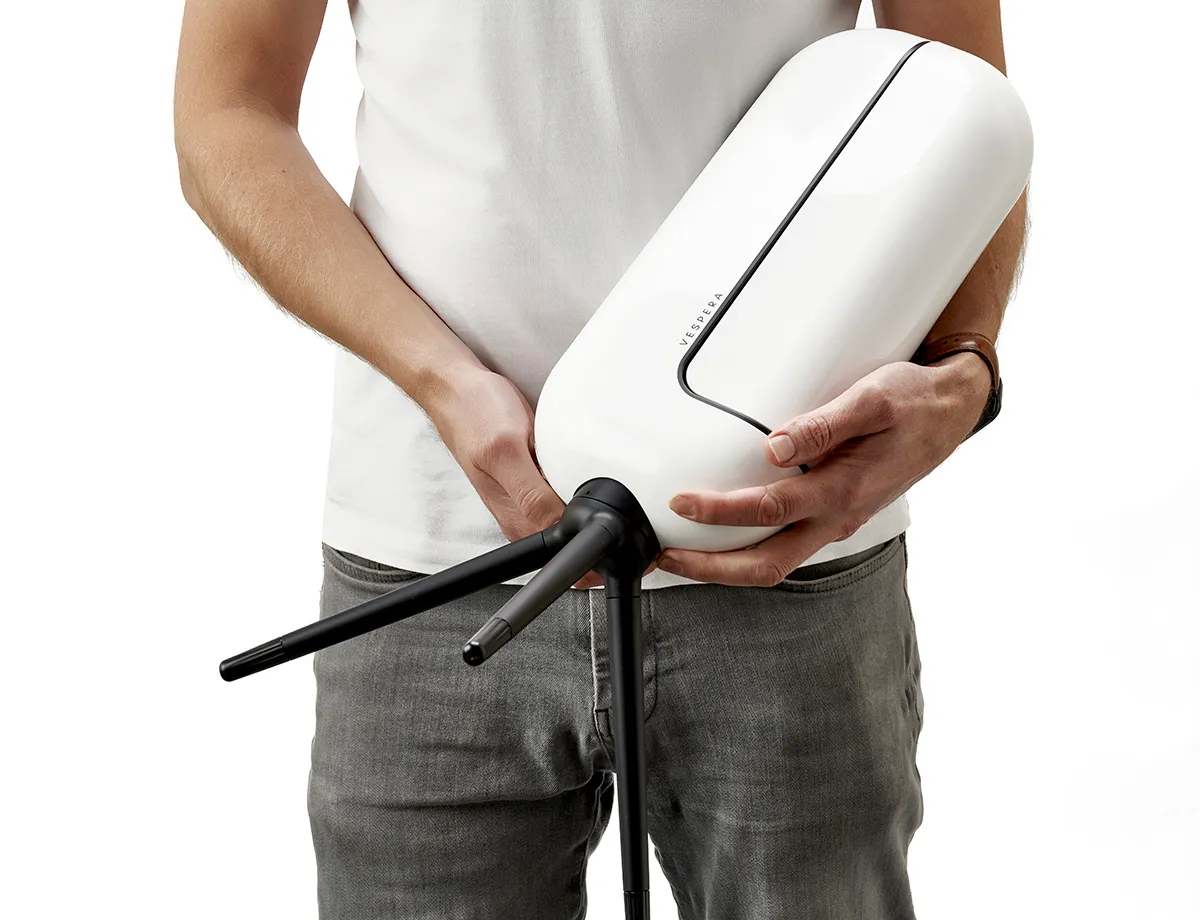
Here the entire workflow is automated and delivered in real time, with camera settings for thousands of deep-sky objects determined by an algorithm.
All the user needs to do is choose from Singularity’s database of recommended targets, customised to a location via a smartphone’s GPS, and keep an eye on the progress of the image.
Some bright objects require just a few images before they look more or less at their best. For example, the famous Hercules Globular Cluster, M13, required only a couple of minutes of images before it looked bright and detailed.
That’s not the same for faint nebulae, which can take up to an hour of repeated imaging before detail, structure and colour reach their maximum.
At any stage of the process a composite image of the frames taken so far can be saved to a smartphone or tablet camera roll, or easily shared to social media.
There is no branding on the images whatsoever, with finished JPEGs saved in their native 1,920 x 1,080-pixel resolution.
That’s about two megapixels, technically making Vespera the lowest-resolution ‘smart’ telescope around.
Vespera has a few tricks up its sleeve for anyone wondering if it is only good enough to be considered an astrophotography novelty.
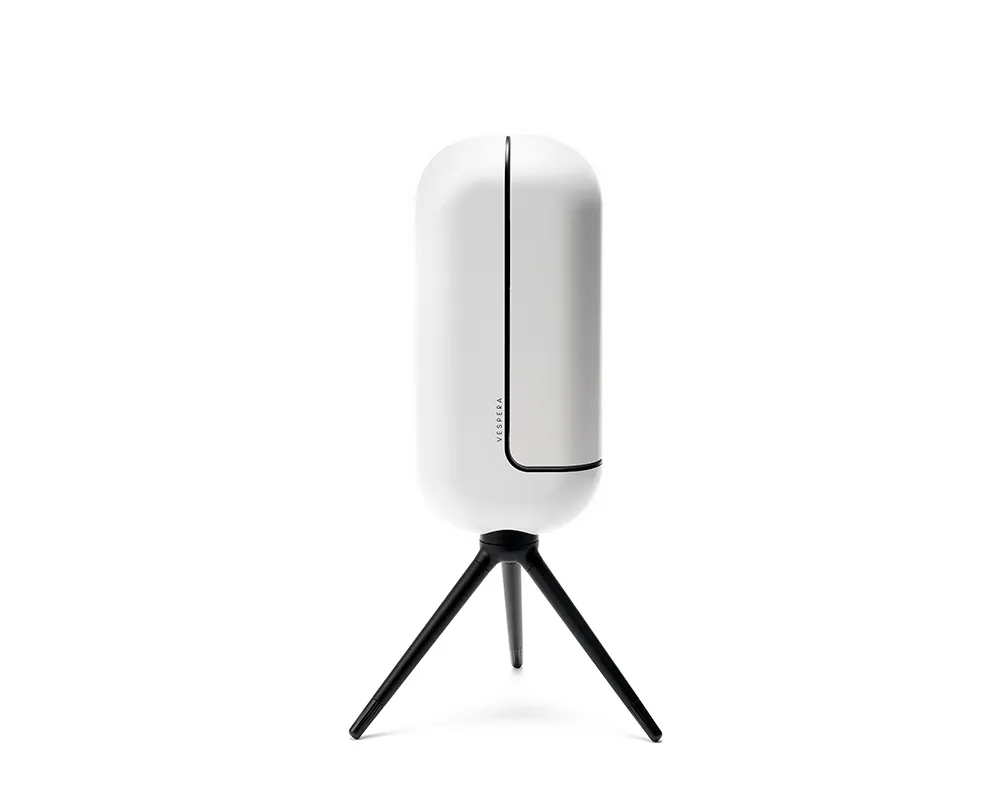
For starters, it is possible to export and share images as RAW image files. Advanced users can also engage full manual mode and bypass the default image parameters for deep-sky imaging.
There is also a new mosaic mode that allows it to take multiple separate images of objects that don’t fit in its field of view – such as the full extent of the Andromeda Galaxy, M31 – and automatically stitch them together.
The feature wasn’t available to review at the time of testing, but is expected to be live at the time of publication.
Using Vespera is child’s play. As well as its excellent Singularity app, it comes equipped with star pattern recognition software that takes just a few minutes to align using plate-solving.
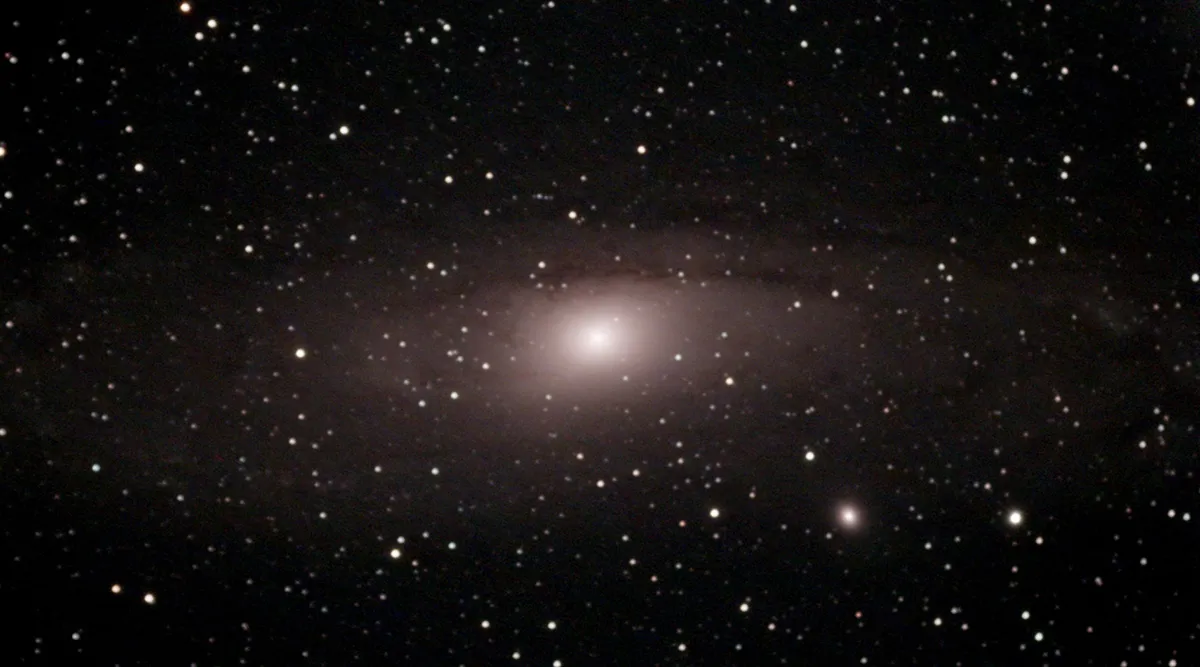
Unlike other smart telescopes, it has auto-focus, though the images it produces do lack a little sharpness.
Vespera cannot take images of planets. Nor does it produce fabulous lunar images; even a bright full Moon looked rather dull in finished images.
It can be used for solar observing, if you pair it with Vaonis’s specialist solar filter. But what Vespera excels at is battling light pollution. With its optional light pollution filter in place – and even without it – it is possible to get exquisitely bright and surprisingly colourful images of the kind of deep-sky objects that are impossible to see with the eye from light-polluted locations.
Although it performs even better under dark skies, where its limiting magnitude is 13, Vespera is an ideal option for urban astronomers frustrated by their lack of access to galaxies, nebulae and star clusters, with pockets deep enough to pay its premium price.
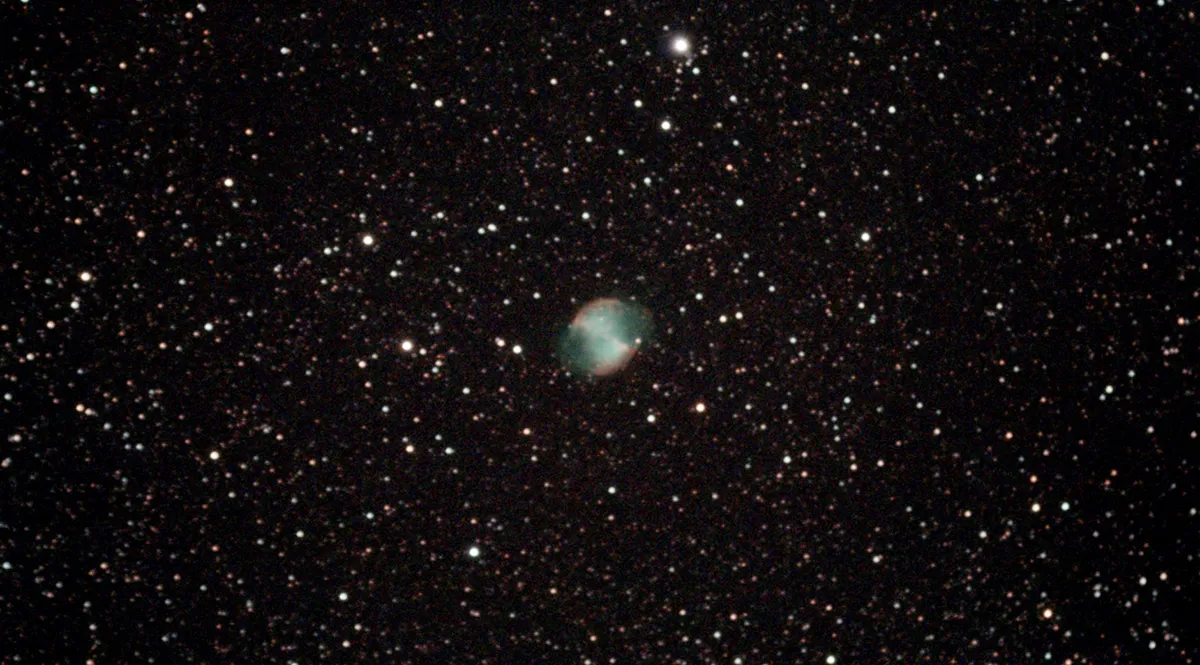
Using the Vespera Singularity app
Vespera is operated almost entirely through the Singularity smartphone app (Android and iOS) which presents a list of recommended objects to observe based on your location, slews to an object and quickly begins imaging it.
You can see it live-stack and at any time watch a small flick-book-style video of how the composite image has improved.
The real joy is in downloading the image to your smartphone’s camera roll or sharing it directly to social media.
The entire operation is automated, but you can manually control the image parameters and input the coordinates of a passing comet or anything else not in its database.
The Solar Pointing mode, only for use with the optional Vaonis solar filter (£79), enabled us to image the partial solar eclipse on 25 October 2022.
Vespera found the Sun within three minutes and perfectly tracked it during a four-hour observing session.
Sunspots were easily seen and it was a spectacular experience watching on the app as the Moon gradually obscured part of the Sun’s disc.
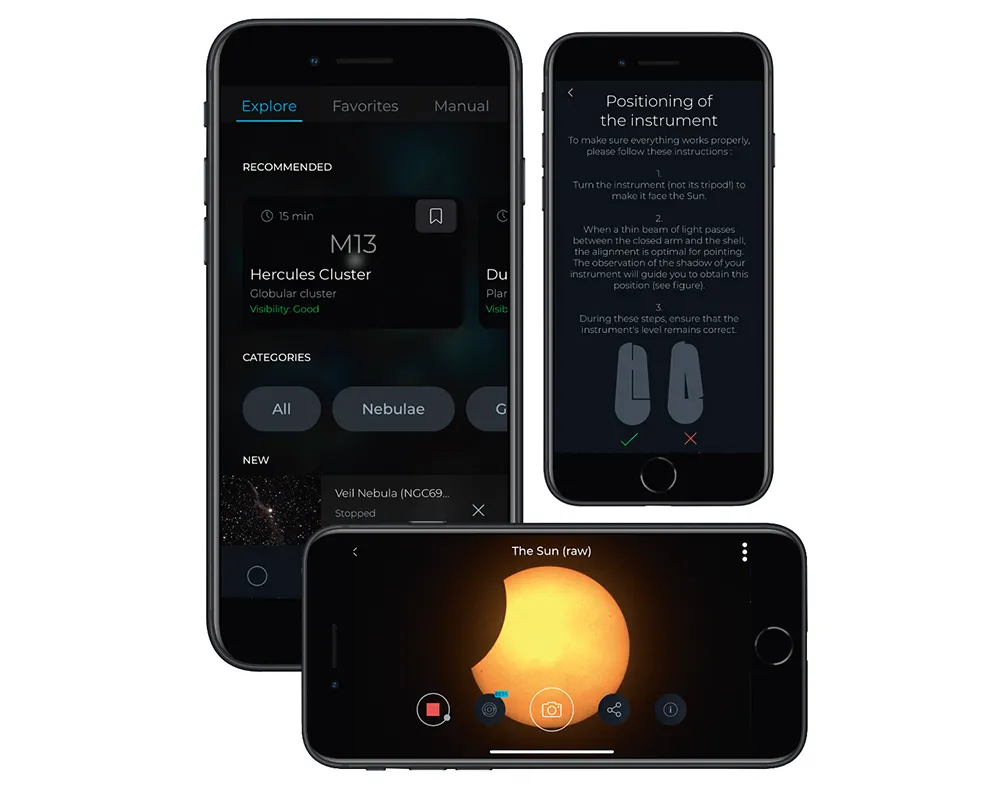
5 best features
Optics
Vespera Observation Station features a 2-inch (50mm) aperture apochromatic quadruplet refractor telescope with a focal length of 200mm. It has a 1.6° x 0.9° field of view and provides 33x magnification. Its lens is surrounded by a plastic ‘dummy’ filter that can be popped off and replaced by various optional filters offered by Vaonis.
Tripod and motorised mount
Vespera swivels on a motorised altazimuth mount just above a connector for its very short tabletop tripod. Measuring just 20cm long, the three legs can be disassembled for easy transport, though it is worth upgrading to a full-size tripod. Vespera’s undercarriage has a standard 3/8-inch connector that will fit on all photographic tripods.
On-board computer
Vespera captures images using a 1/2.8-inch Sony IMX462 sensor. The on-board 1.6GHz computer uses live image stacking to create images, which it saves to its 10GB flash memory as lossless raw TIFF and FITS files. These can be extracted via Wi-Fi using
a web browser on a computer.
Wi-Fi network
Vespera produces its own Wi-Fi network that up to five smartphones or tablets can connect to simultaneously (iOS or Android). Each device must have the free Singularity app downloaded to see, save and share Vespera’s latest images, though in our tests
the Wi-Fi network stretched only around five metres.
Proprietary charging cable
To recharge Vespera’s 7,000mAh battery – which is quoted to last four hours but in practice lasts at least six – you use a USB-C cable. It has a proprietary connector at one end, so care is needed not to lose it, but it’s magnetic so once attached won’t easily fall out.
Vital stats
- Price: £2,499
- Optics: Apochromatic quadruplet refractor
- Focal length: 200mm, f/4
- Sensor: Sony Exmor IMX462 CMOS
- Mount: Motorised single arm, altaz, Go-To
- Power: 7,000mAh lithium-ion rechargeable battery
- Tripod: Tabletop aluminium, fixed height
- Ports: Proprietary USB-C for charging, Wi-Fi
- App control: Singularity
- Weight: 5kg
- Supplier: Vaonis
- Tel: +33 4 84 98 00 21
- www.vaonis.com
This review originally appeared in the January 2023 issue of BBC Sky at Night Magazine.
